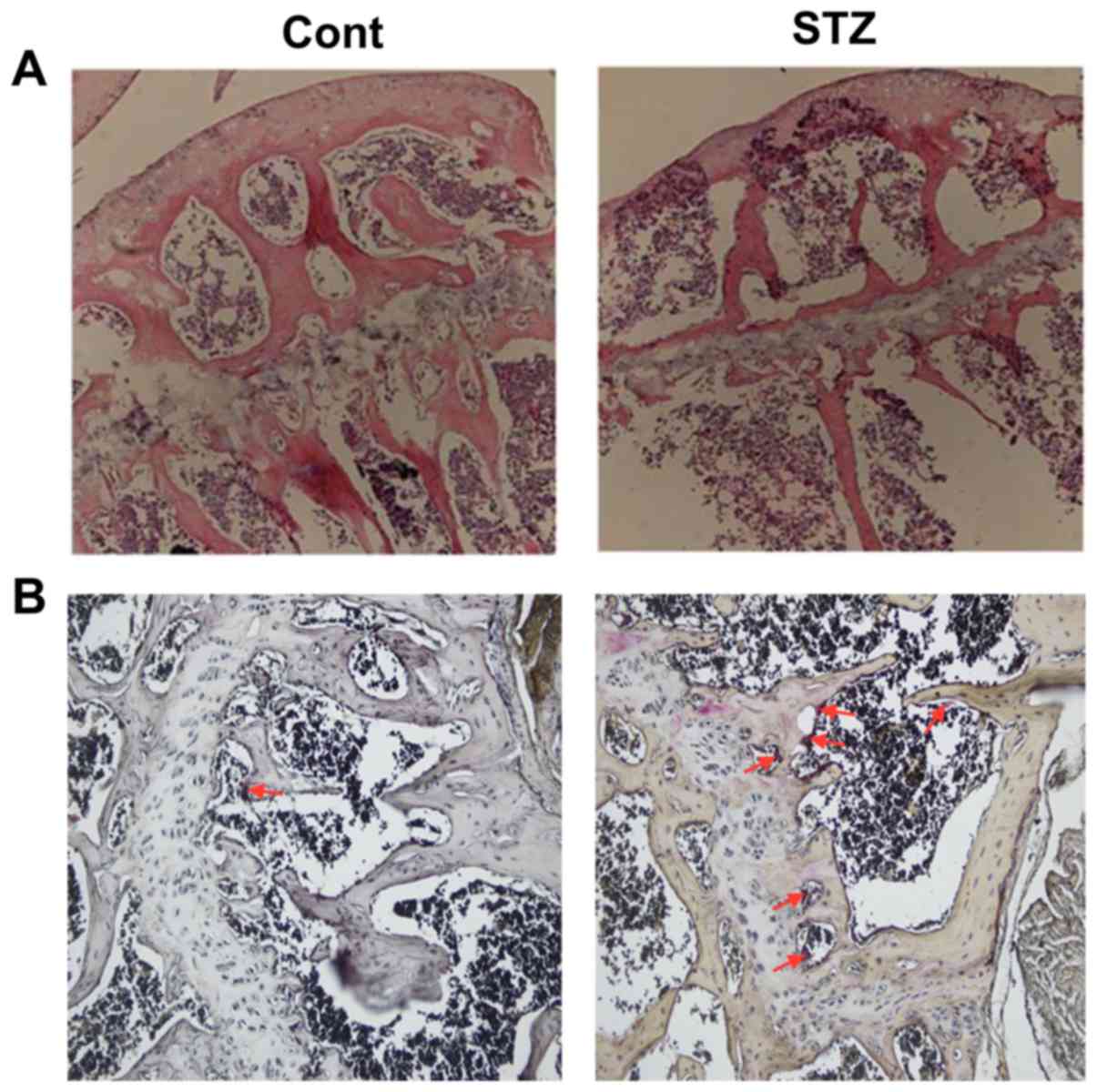[Corrigendum] Bradykinin receptors and EphB2/EphrinB2 pathway in response to high glucose‑induced osteoblast dysfunction and hyperglycemia‑induced bone deterioration in mice
- Authors:
- Published online on: February 5, 2019 https://doi.org/10.3892/ijmm.2019.4091
- Pages: 1920-1920
-
Copyright : © Wu et al. This is an open access article distributed under the terms of Creative Commons Attribution License [CC BY 4.0].
Metrics: Total
Views: 0 (Spandidos Publications: | PMC Statistics: )
Total PDF Downloads: 0 (Spandidos Publications: | PMC Statistics: )










